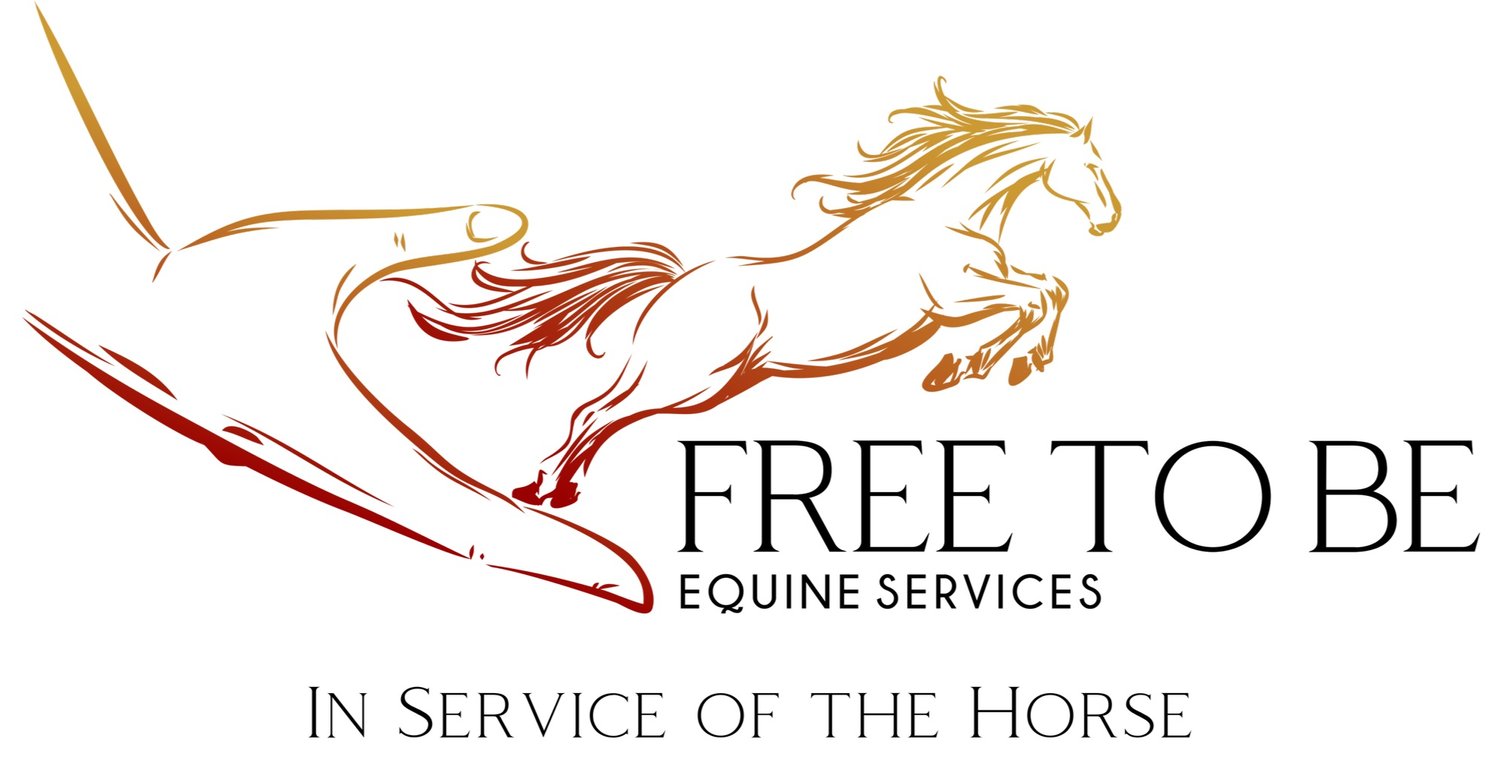Una, this beautiful Icelandic mare, is demonstrating what it looks like when we allow time for the horse to process and to integrate - both within the equine therapy session and after. She chose to stand on this slope, providing gentle traction on her spine and iliopsoas muscle group. Beyond those structures, you can see by looking at the photo just how many structures and tissues connect, giving this posture far-reaching benefits to joints, muscles, fascia, etc.
I've learned how much it enhances my bodywork when horses are 1. allowed the time and space needed to pause and integrate, and 2. have the self-regulation skills needed to be present in their bodies and process changes within their nervous system. The former requires patient, understanding humans (therapist and client) who can hold space for the horse without any expectation. Not waiting to start the next thing, not waiting for a release, just being present and connected with them through our heart coherence. The latter is complex, and goes well beyond bodywork. Horses need to feel safe, seen, and understood in order to be vulnerable this way. Their needs as highly sensitive, active, and social beings need to be met, both in their interactions with people as well as within their environment.
Nervous system regulation has become my first priority in equine therapy. Simply put, the nervous system governs all other systems within the body, and connects all of the tissues and structures. The nervous system stores pain, trauma, and motor patterns. It's deeply connected to emotional well-being. It is the key to working in a way that honours the physical, the emotional, and the spiritual being of the horse.

